Last-Minute NYC Holiday Gift Guide 🎁
We’ve created a holiday gift guide with presents for the intrepid New Yorker that should arrive just in time—


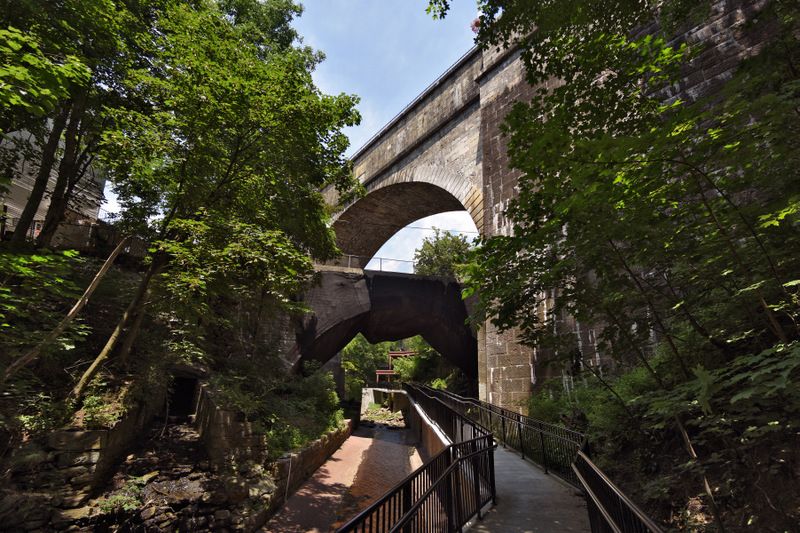
Double Arch Bridge in Ossing (formerly Sing Sing), 2017. Photograph by Nathan Kensinger. Courtesy of the artist.
The Museum of the City of New York debuted its exhibition To Quench the Thirst of New Yorkers: The Croton Aqueduct at 175 to celebrate the 175th anniversary of the opening of the original Croton Aqueduct system. The exhibition traces the history of the remarkable water system that brought badly needed fresh, clean water to New Yorkers for the first time.
On October 14, 1842, the unparalleled engineering feat was completed, and brought water from the Croton River through 41 miles of masonry powered solely by gravity to the largest parade young New York had ever seen to witness a welcome new sight: burbling fountains spraying clean water, putting behind them brackish, polluted waterways previously underserved by public water pumps, prone to fire, and plagued by epidemics of water-borne disease.
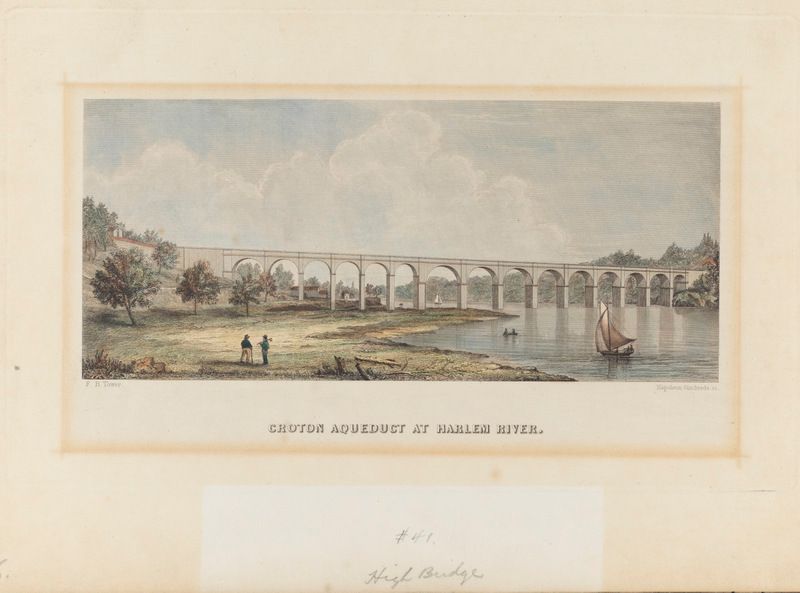
Croton Aqueduct at Harlem River, c. 1848. Hand colored engraving by Joseph Napoleon Grimrede from drawing by Fayette B. Tower. Museum of the City of New York, museum purchase, 38.299.5.
The new system would have a profound impact on the city’s growth, deeply transforming city life towards a future where clean water would become an aspect of everyday life in the city. “This exhibition is a refreshing glimpse at the resilience and creativity in problem solving that has defined New York City from its earliest days,” said Whitney Donhauser, Ronay Menschel Director of the Museum of the City of New York in a press release from the Museum.
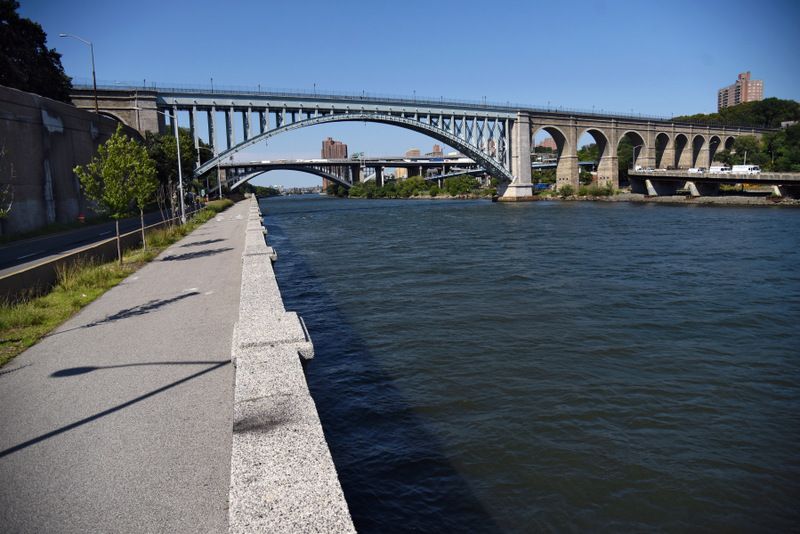
High Bridge, 2017. Photograph by Nathan Kensinger. Courtesy of the artist.
The exhibition, which opened on September 2nd, includes letters and drawings from Fayette B. Tower, the engineer who worked on the aqueduct, and features newly commissioned photographs by Nathan Kensinger of the modern-day structure, tracing the aqueduct’s route and revisiting sights that Tower sketched nearly two centuries ago.
The exhibition is split into four sections, leading viewers through the aqueduct’s and New York’s water history starting with the 1835 citizens vote to create an aqueduct to bring water from the Croton River, to its construction, additional aqueducts built following the Croton system, and the iconic architectural achievements and art work that resulted from the project.
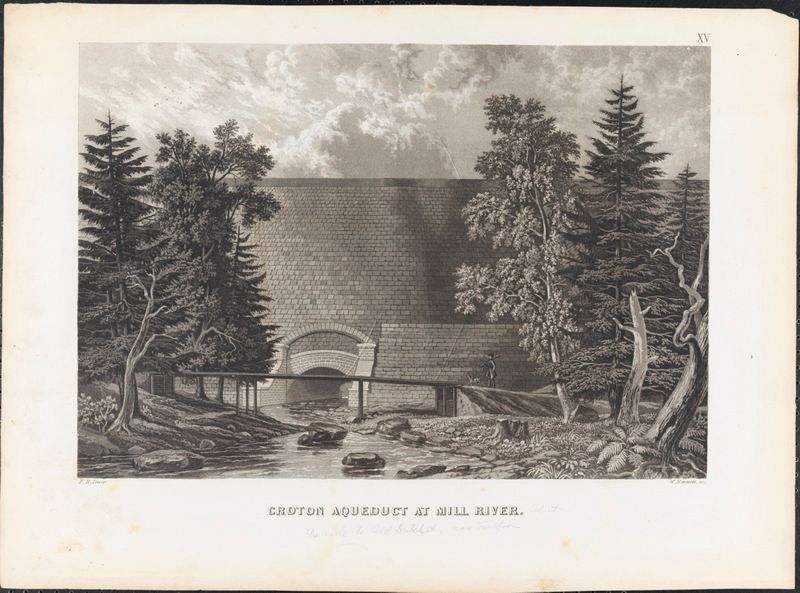
Croton Aqueduct at Mill River, c. 1842. Engraving by William James Bennet from a drawing by Fayette B. Tower. Museum of the City of New York, gift of Mr. Harry MacNeil Bland, 5.
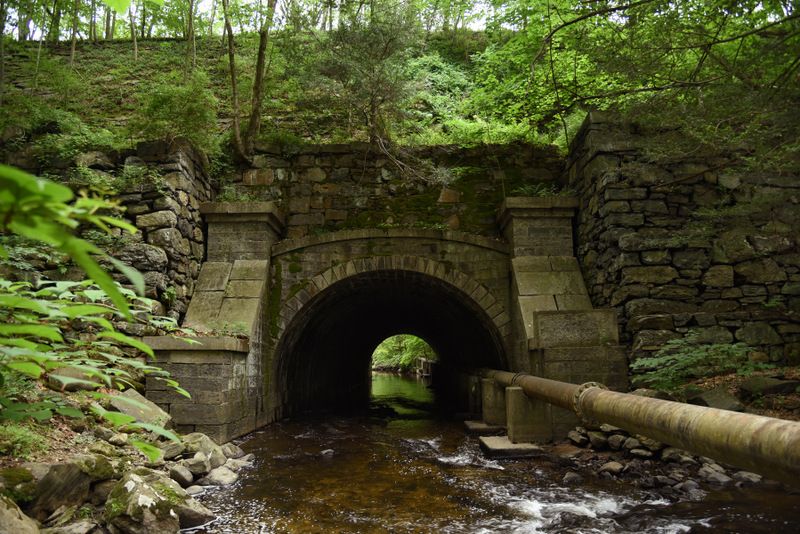
Croton Aqueduct over Pocantico (formerly Mill) River, 2017. Photograph by Nathan Kensinger. Courtesy of the artist.
To Quench the Thirst of New Yorkers invites visitors to imagine New York City without the fresh water we take for granted when fighting fires and filling ice trays in a show designed to show the extent to which the Croton Aqueduct transformed life in New York City.
The exhibition is on view through December 31, 2017 at the Museum of the City of New York, located at 1220 5th Avenue.
Next, check out 7 Remnants of the Old Croton Aqueduct in NYC and The Top 10 Secrets of NYC’s High Bridge.
Subscribe to our newsletter